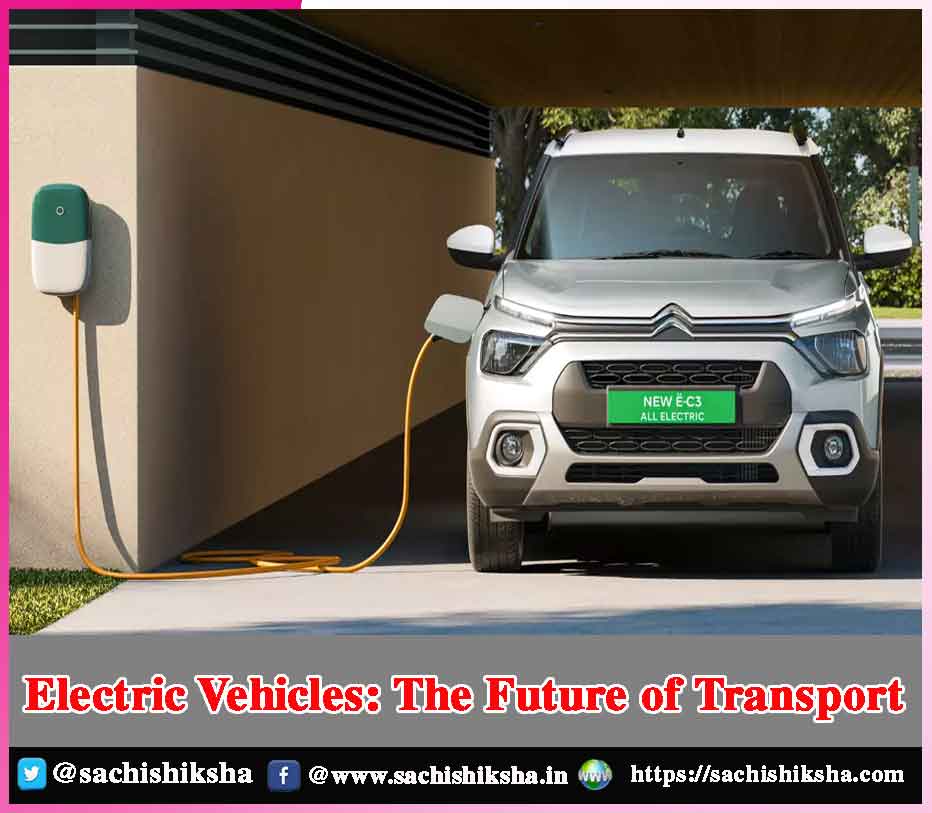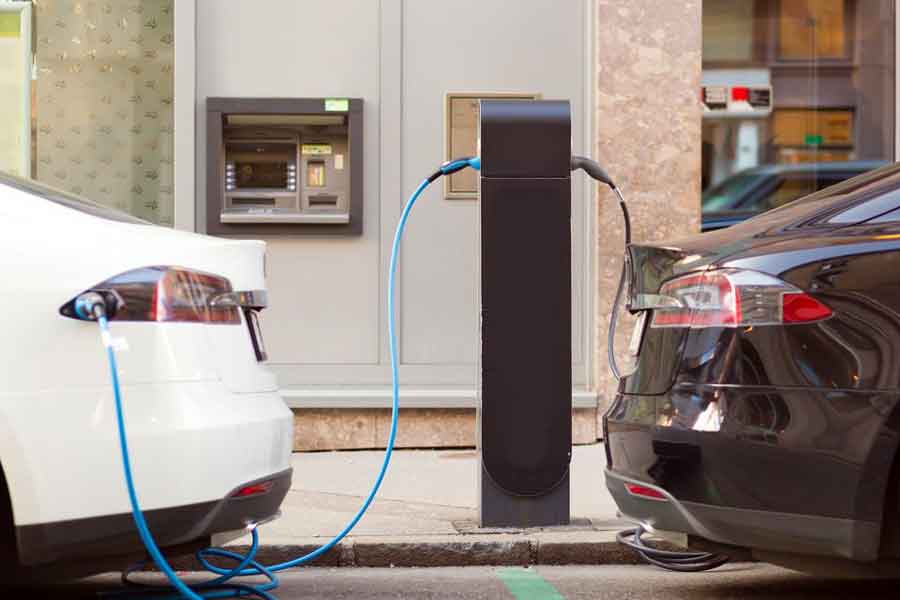Electric Vehicles: The Future of Transport
Introduction:
Electric vehicles (EVs) are considered by many to be the future of transport. Unlike vehicles powered by an ICE, they have a number of benefits, in terms of environmental impact and technological advancement.
Also Read:
- Humans & Their Luxurious Vehicles
- Traffic Travel in Indian Cities
- Cars from Heaven
- Electric Vehicles –An Opportunity for Future
Table of Contents
Here are some key reasons why electric vehicles are seen as the future:
Environmental Benefits:
One of the main drivers behind the adoption of electric vehicles is their positive impact on the environment. EVs produce zero tailpipe emissions, which helps reduce air pollution and combat climate change. As the electricity grid becomes greener with the increasing use of renewable energy sources, the environmental benefits of EVs further increase.
Energy Efficiency:
Electric vehicles are more energy efficient compared to ICE vehicles. Electric motors convert a significantly higher percentage of stored energy from the battery into actual power that propels the vehicle. In contrast, internal combustion engines waste a significant amount of energy as heat. This efficiency leads to lower energy consumption and reduced dependence on fossil fuels.
Reduced Operating Costs:
Electric vehicles have lower operating costs than ICE vehicles. Electricity is generally cheaper than gasoline or diesel, and the maintenance requirements for EVs are often less complex and costly since they have fewer moving parts. Additionally, governments and utility companies may offer incentives, such as tax credits or reduced electricity rates, to promote EV adoption.
Technological Advancements:
The rapid development of EV technology is driving innovation and advancements in the transportation sector. This includes improvements in battery technology, charging infrastructure, and range capabilities. As technology continues to evolve, electric vehicles are becoming more practical, affordable, and convenient for everyday use.
Government Support:
Governments around the world are promoting the adoption of electric vehicles through various measures. This includes offering financial incentives, implementing stricter emissions regulations, investing in charging infrastructure, and setting targets for electric vehicle sales. Such support plays a significant role in accelerating the transition to electric mobility.
Advancements in Charging Infrastructure:
The expansion of charging infrastructure is crucial for the widespread adoption of electric vehicles. Governments, businesses, and utilities are investing in developing public charging stations and fast-charging networks, making it more convenient for EV owners to charge their vehicles on the go. Additionally, advancements in home charging solutions are making it easier for individuals to charge their EVs overnight.
Key Challenges Associated with EVs:
While electric vehicles (EVs) offer numerous advantages, some challenges still need to be addressed for their widespread adoption. Here are some key challenges associated with electric vehicles:
Range Anxiety:
Range anxiety means to the fear or uncertainty of running out of battery power before reaching a charging station. While EVs are improving in terms of range capabilities, many people still perceive the limited range as a hindrance, especially for long-distance travel. Expanding the range of electric vehicles and developing more efficient and affordable batteries is crucial to alleviating this concern.
Charging Infrastructure:
The availability and accessibility of charging infrastructure are essential for the widespread adoption of EVs. While charging stations are increasing in number, there is still a need for further expansion, particularly in public spaces, workplaces, and residential areas. The development of a comprehensive charging network, including fast-charging stations, is vital to providing convenience and peace of mind to EV owners.
Charging Time:
Charging time is another challenge for electric vehicles. While home charging is often done overnight, fast charging on the go can still take significantly longer than refuelling a traditional vehicle with gasoline. Improvements in charging technologies, such as ultra-fast charging and high-capacity batteries, are needed to reduce charging times and enhance the overall convenience of EV ownership.
Battery Cost and Lifespan:
The cost of batteries remains a significant factor affecting the affordability of electric vehicles. While battery costs have been decreasing over the years, further reductions are needed to make EVs more competitive with conventional vehicles. Additionally, the lifespan of batteries and their performance degradation over time are
areas of ongoing research and development. Improving battery durability, longevity, and recyclability are critical for sustainable electric mobility.
Limited Model Choices and Production Capacity:
The number and variety of electric vehicle models available in the market are expanding, but the options still remain relatively limited as compared to traditional vehicles. Additionally, ramping up production capacity to meet the increasing demand for EVs can be a challenge for automakers. Increasing investment and collaboration within the industry will be necessary to scale up production and offer a wider range of electric vehicle options.
Raw Material Supply and Environmental Impact:
Electric vehicle batteries require specific raw materials such as lithium, cobalt, and nickel. Ensuring a stable and sustainable supply of these materials can be challenging as demand for EVs increases. Furthermore, the extraction, processing, and disposal of these materials can have environmental and social impacts. Developing responsible sourcing practises and recycling strategies is crucial to mitigating these concerns.
Consumer Awareness and Education:
Many consumers still have limited knowledge and misconceptions about electric vehicles. Educating the public about the benefits, capabilities, and charging infrastructure of EVs is important for broader acceptance and adoption. Addressing concerns and providing accurate information can help build confidence in electric vehicles as a viable transportation option.
Conclusion:
It’s worth noting that while these challenges exist, ongoing efforts from governments, automakers, and research institutions are focused on overcoming them. Continued technological advancements, supportive policies, infrastructure development, and collaborative initiatives will play a vital role in addressing these challenges and driving the widespread adoption of electric vehicles.
















































